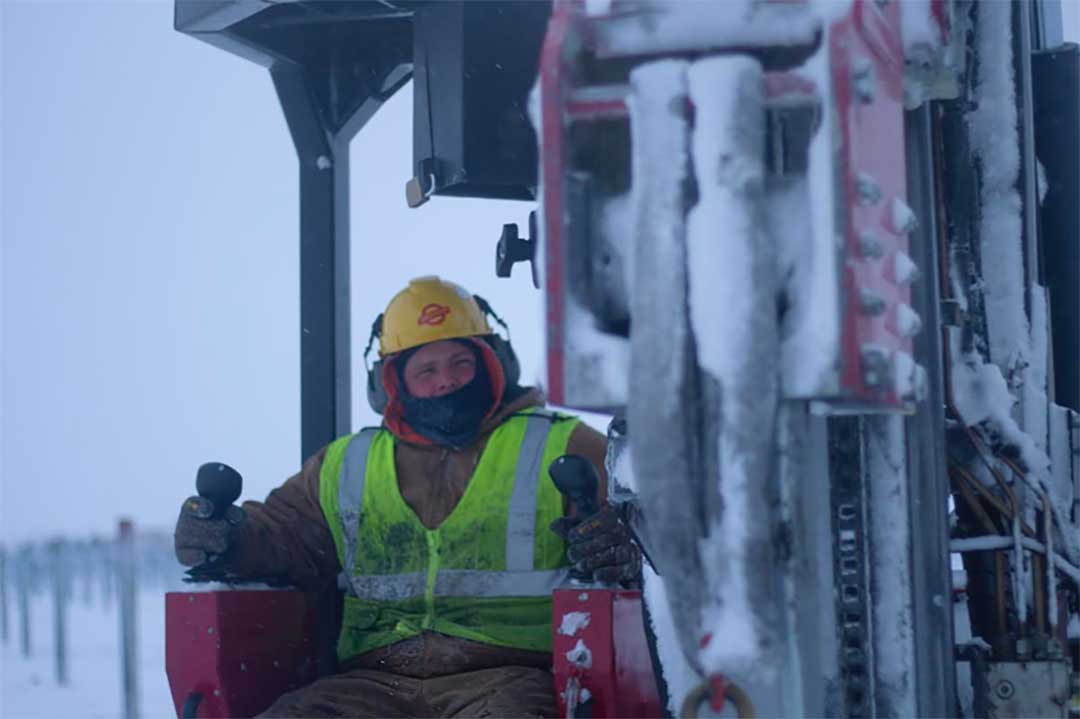Whether it’s extremely cold out or hot out, it’s important to take special care with your crane. Cranes are incredibly powerful, which means that if something goes wrong with them due to extreme temperatures, they can do some serious damage. You need to be aware of extreme weather conditions all year round—whether it’s snow, hail, wind, rain, or extreme temperatures—so you can keep your employees safe and your crane in good working order.
Rain and Lightning
Now that we’re in the middle of summer, you can expect plenty of heavy rain and thunderstorms. Lightning poses a major risk, as cranes that are high up in the air have an increased risk of being struck. Once you hear thunder, you can expect that lightning isn’t far behind, and you should turn off all electrical power and lower the boom. Everyone should get to safety for the duration of the storm. When the lightning ends, that doesn’t mean you can go back to work immediately. Check for damage to the crane first. If the crane was struck by lightning, the high temperature can cause the rope to melt, so it will need to be fixed prior to resuming work. You must also consider that heavy rain can infiltrate different parts of the crane and cause a whole slew of other problems, especially if water gets into the clutch or the brakes. It’s best to take cover and shelter the crane during heavy rain, if possible. Lost time can be lost money, but safety should take precedence.
Wind
Extreme winds can be just another symptom of a thunderstorm, but they can also sneak up on you when the skies are clear. Wind is possibly the most damaging element for a crane to withstand. It can make the crane’s load swing. Not only does this put extra strain on the crane, the load can be dropped. Depending on where the wind hits the crane, it can cause problems with backward or forward stability. Every crane has a wind rating, but a good rule of thumb is to avoid operating your crane if the wind speed is at 20 miles per hour or higher.
Hot Temperatures
Heat may not be as dangerous for your crane as say, wind, but it can cause issues with your crane’s seals. If a seal breaks, parts can break. Dust is common when it’s hotter out, and dust can infiltrate your filters. To combat this, clean and lubricate your crane’s parts regularly. If possible, try to keep your crane out of direct sunlight on scorching hot days.
Cold Temperatures
Cold temperatures can be a major problem for crane operators, even causing the crane to fail entirely. The overhead hydraulic system can have problems depending on the weight of the load. You will need to take extra precautions in extreme cold. Consider adding cold weather finish, using conductor bars, and purchasing a cold-weather motor. You will also want to be wary of ice and snow.
If you encounter any of these weather patterns while working, follow these guidelines for safety and any applicable company policies.

